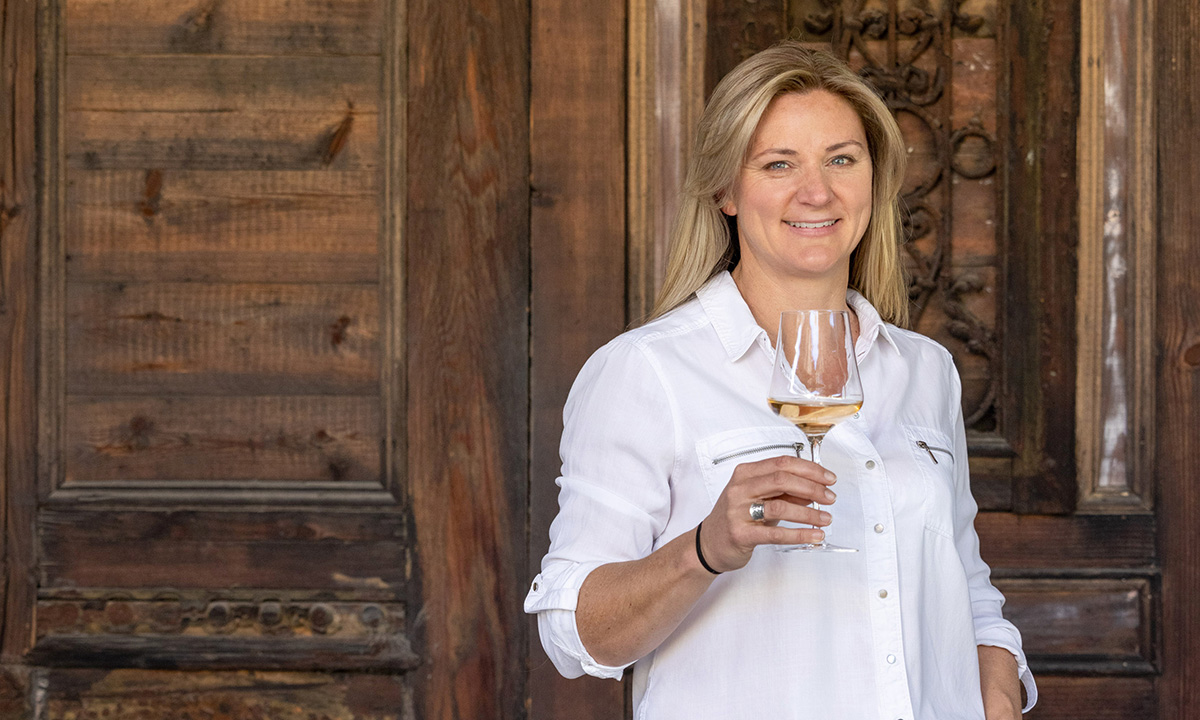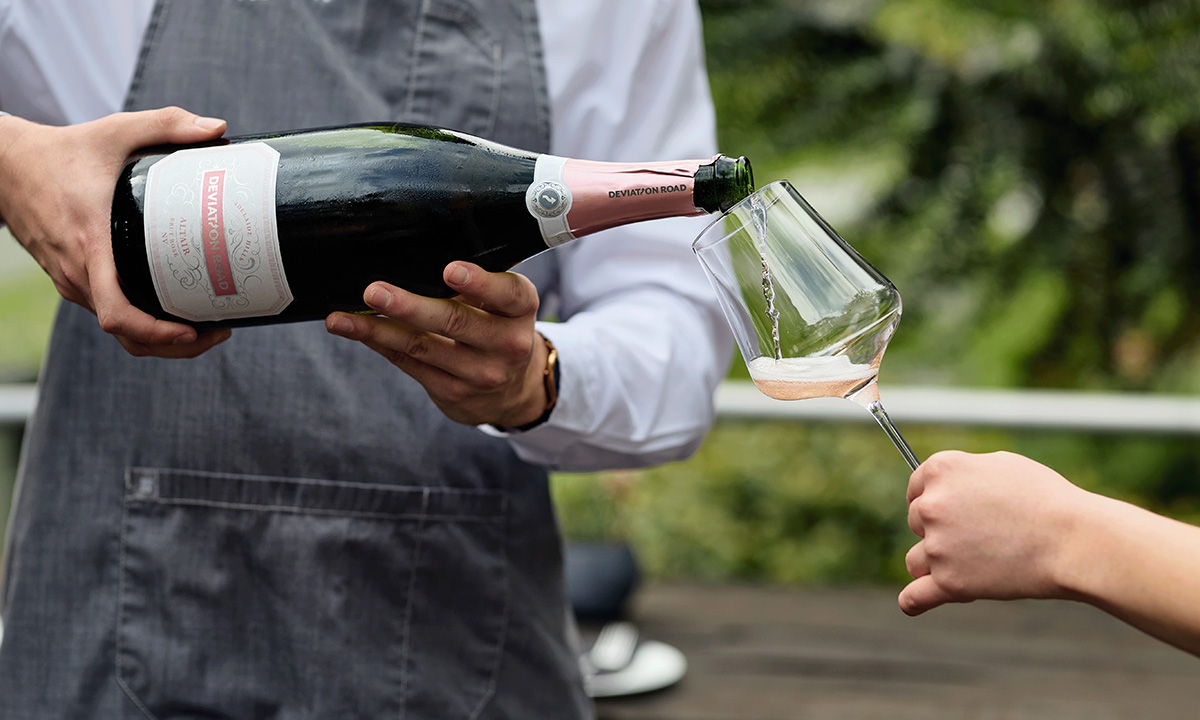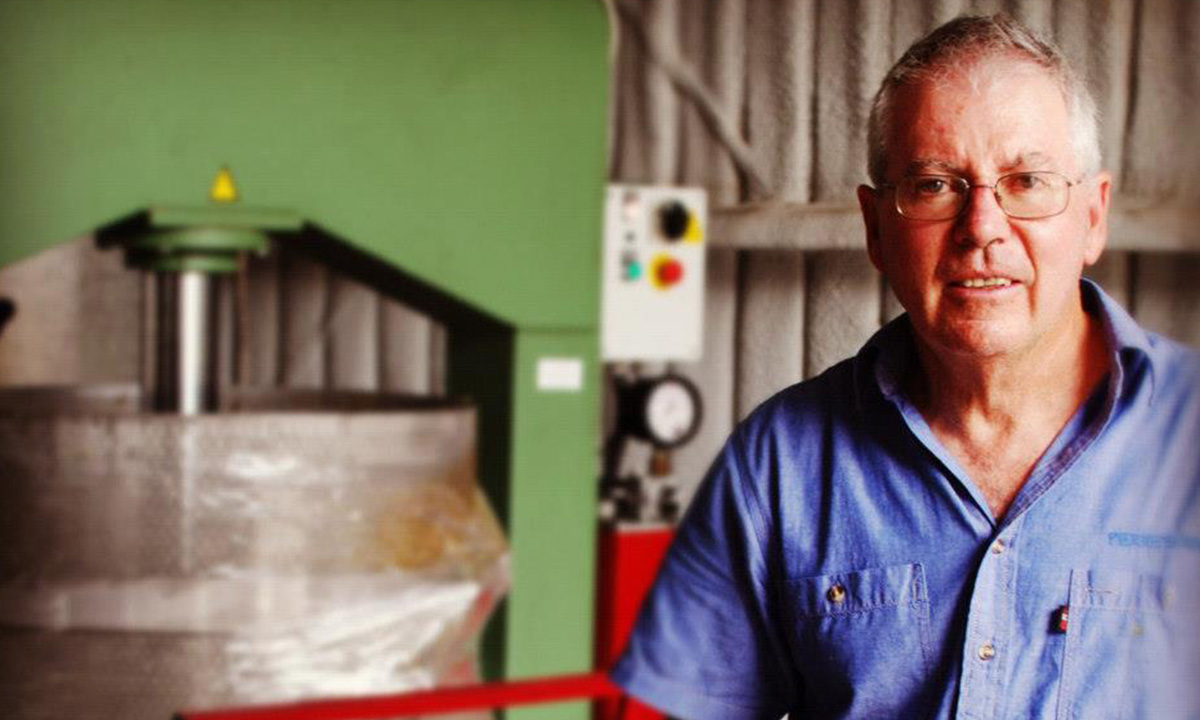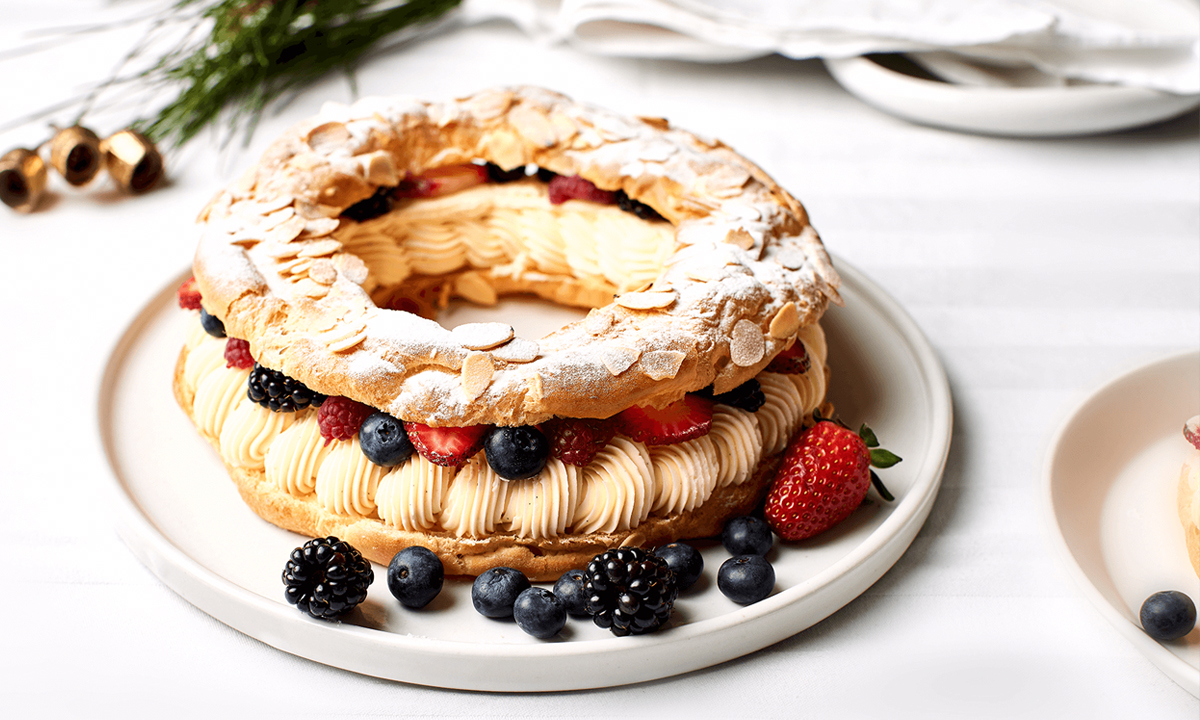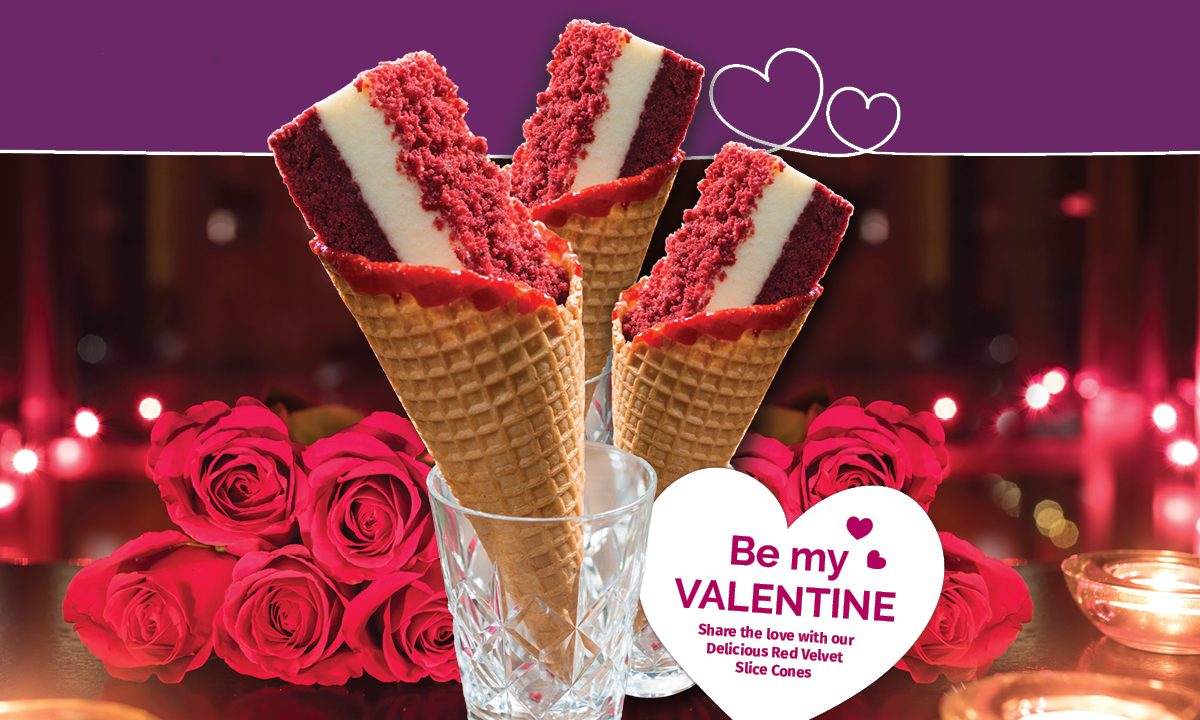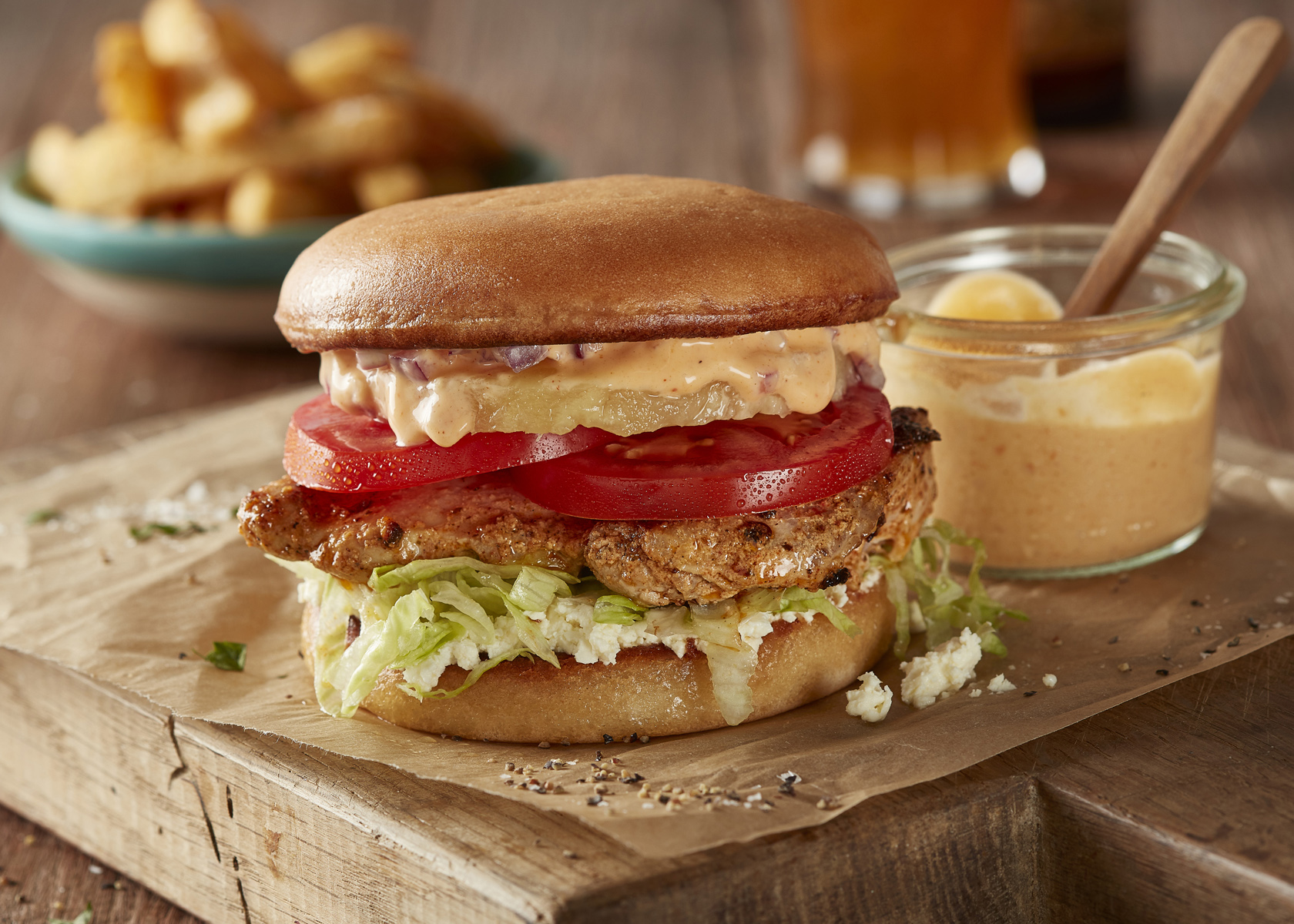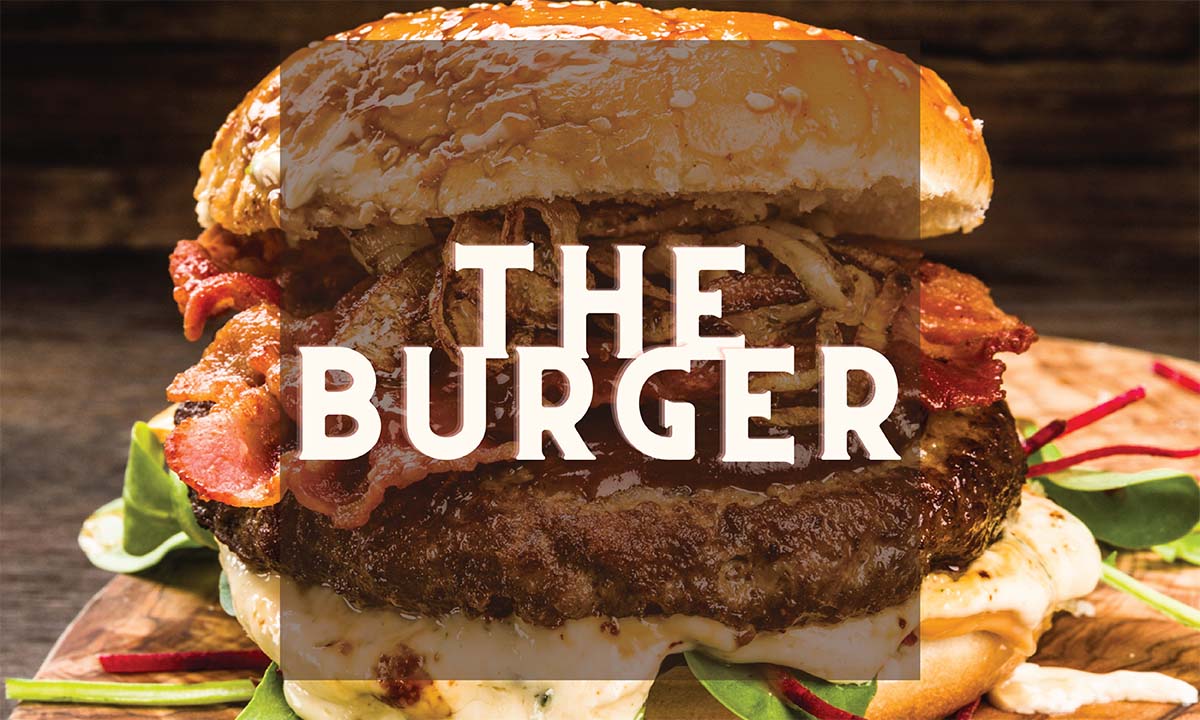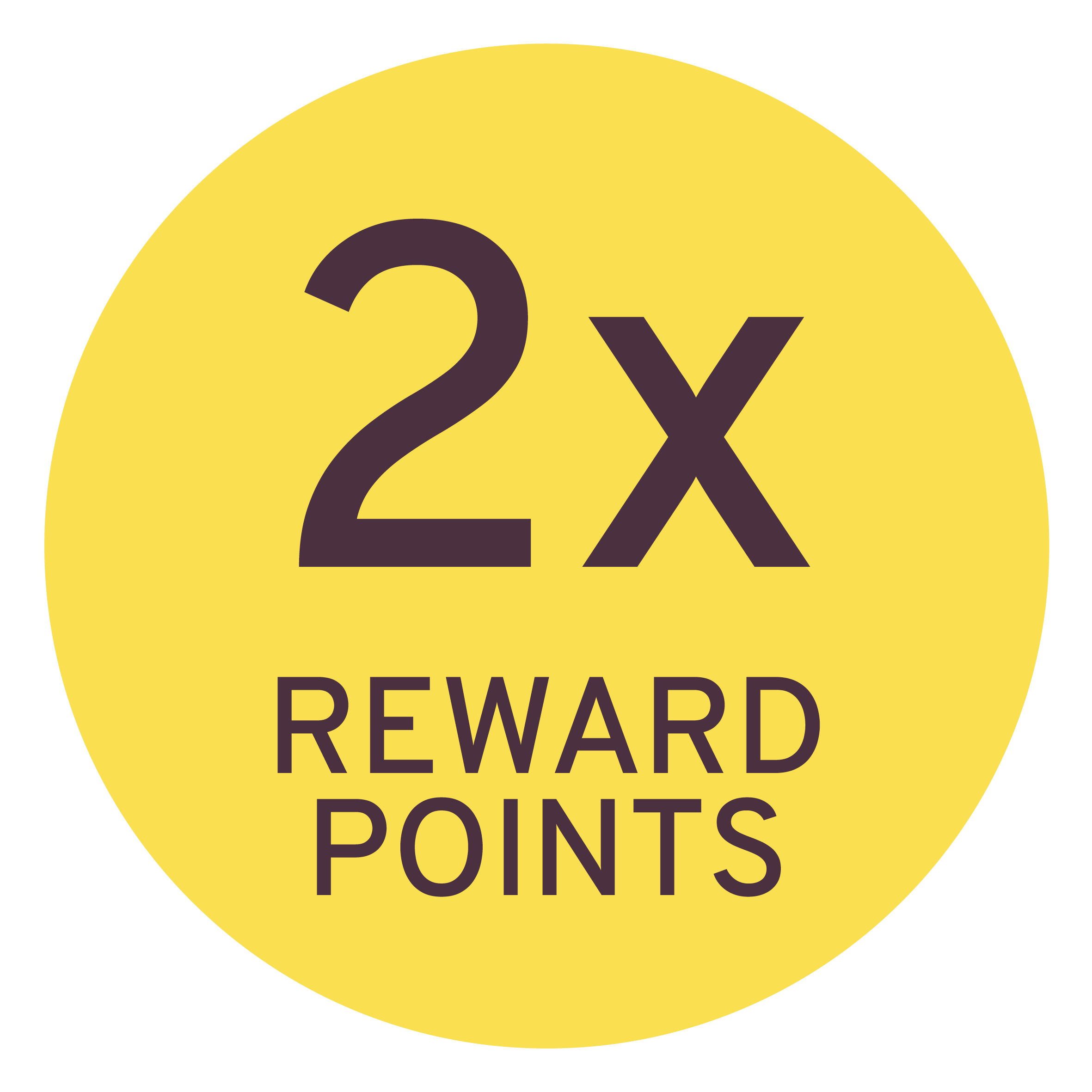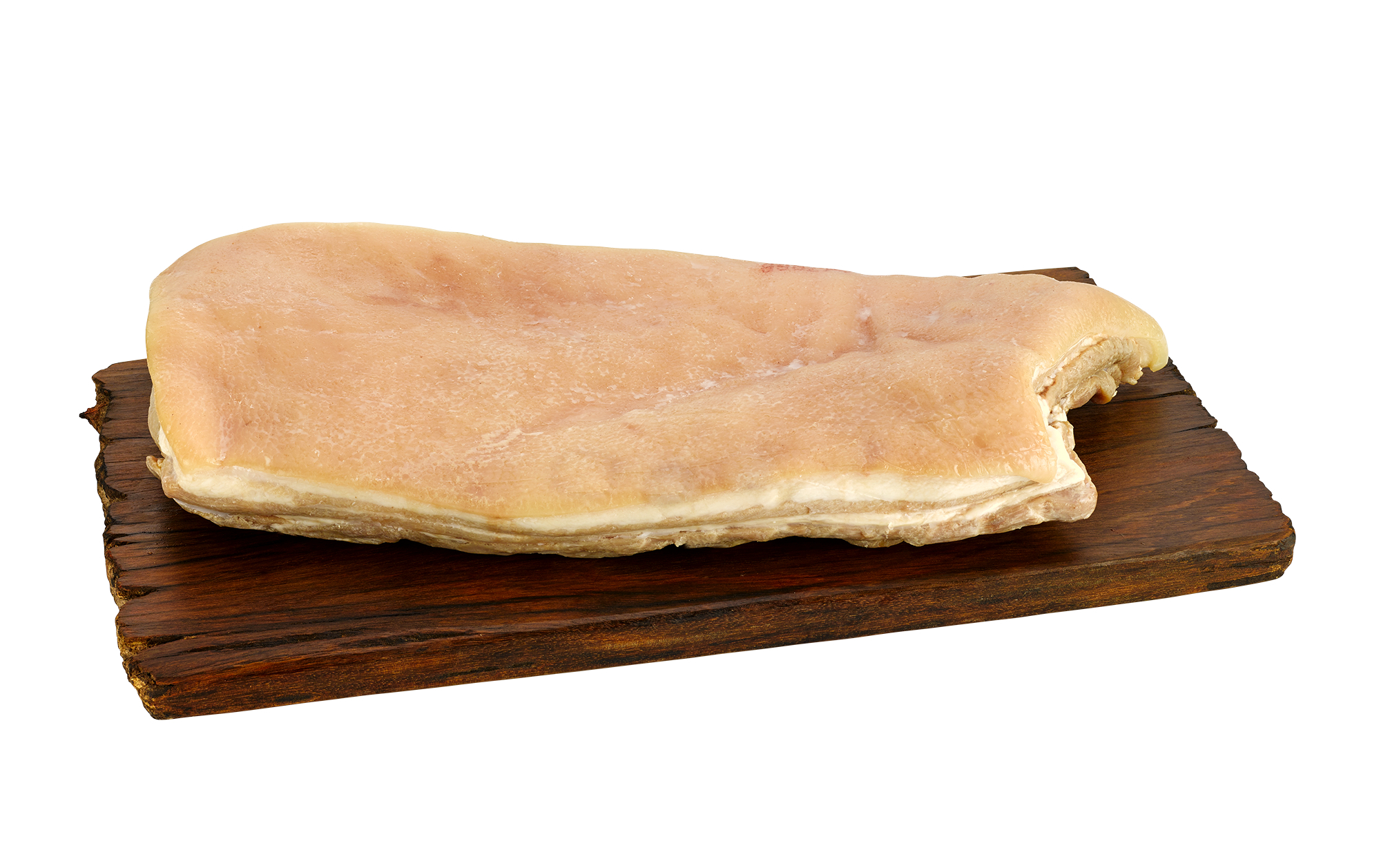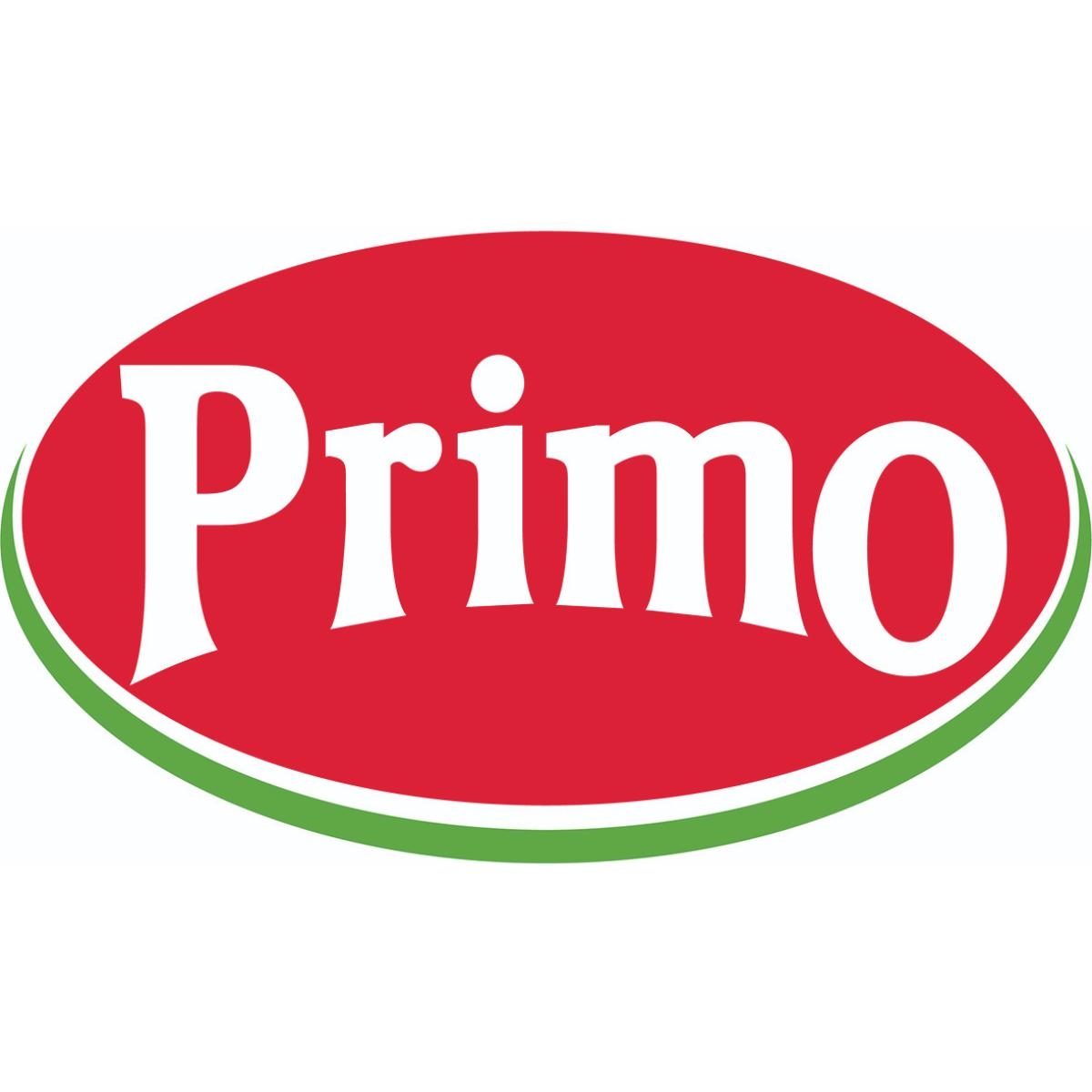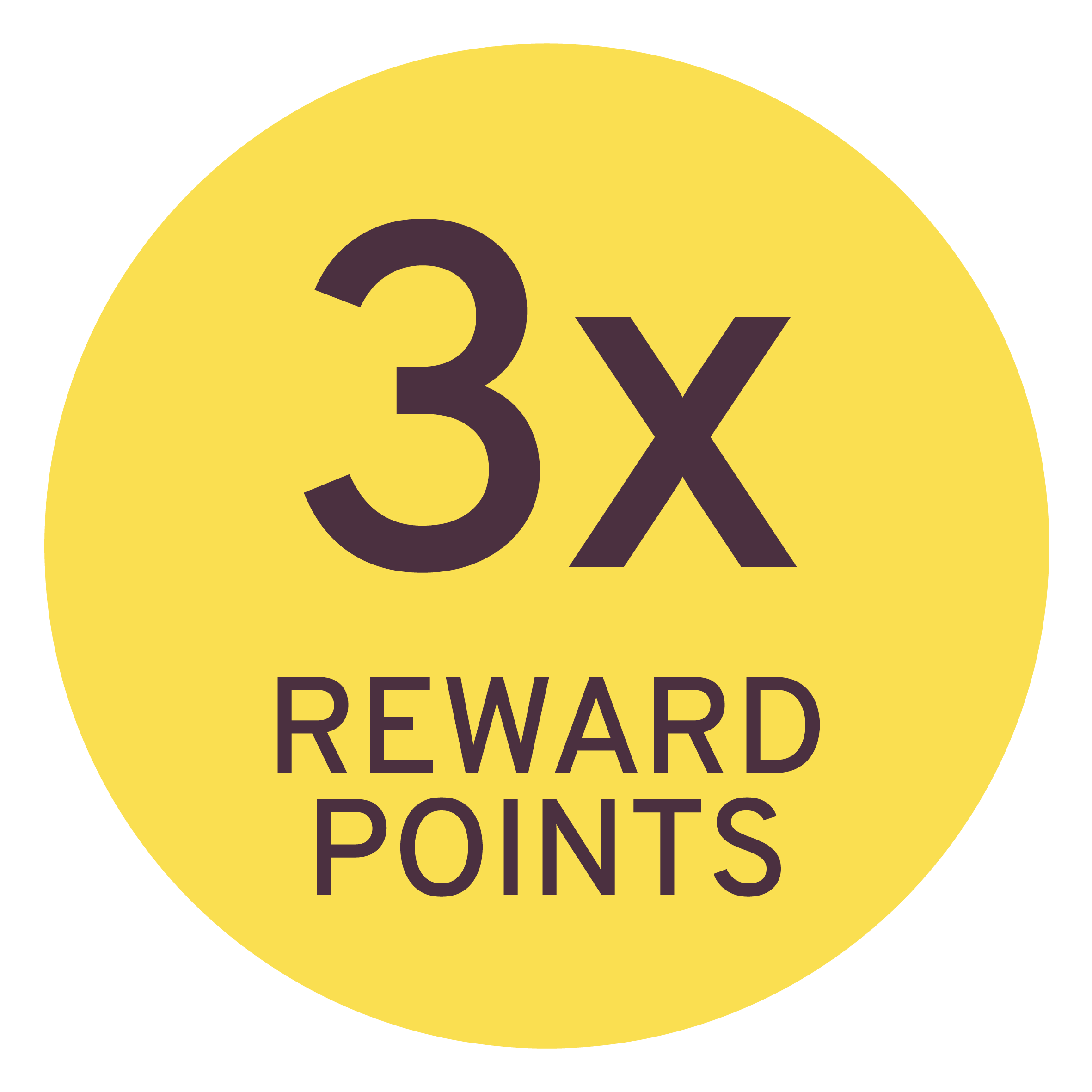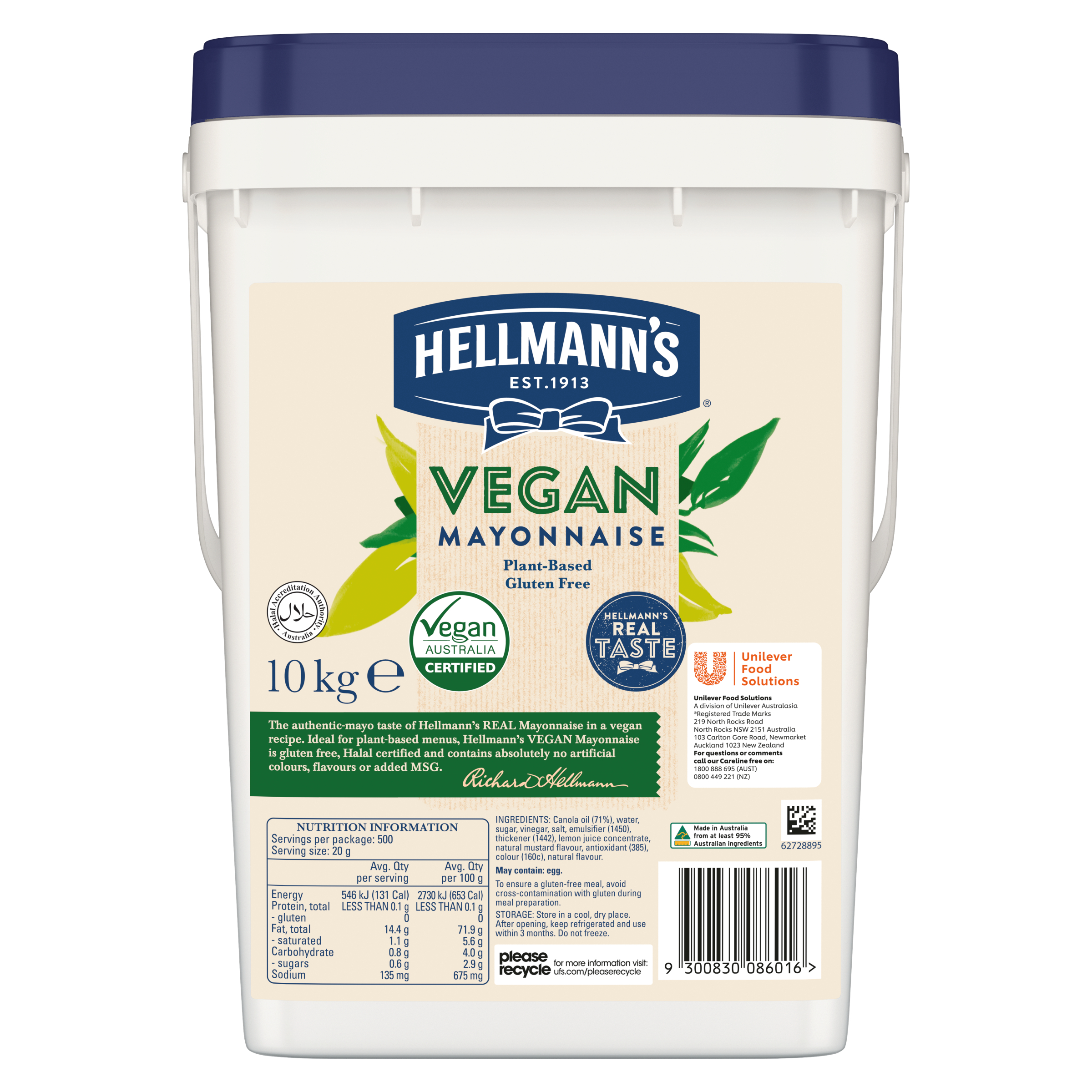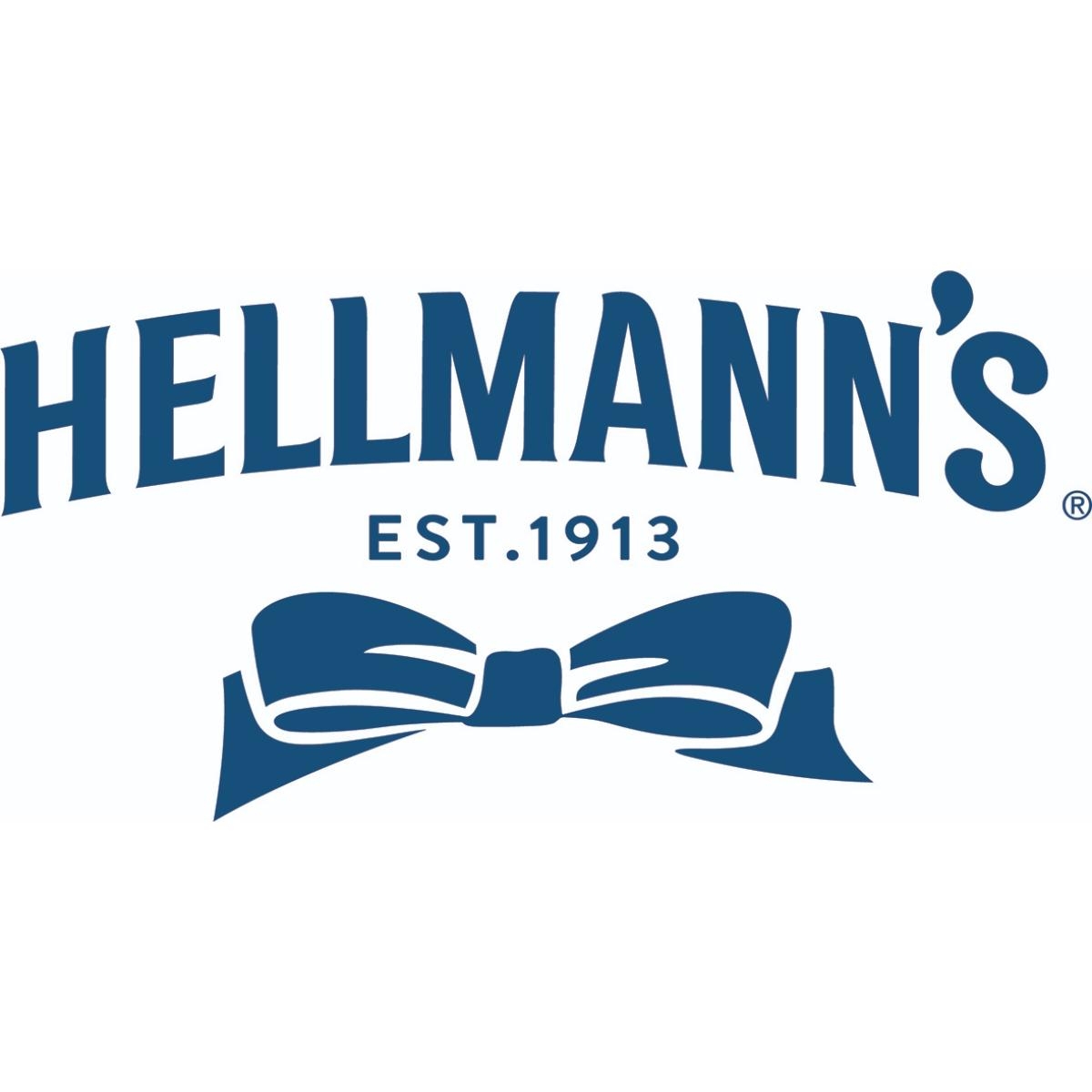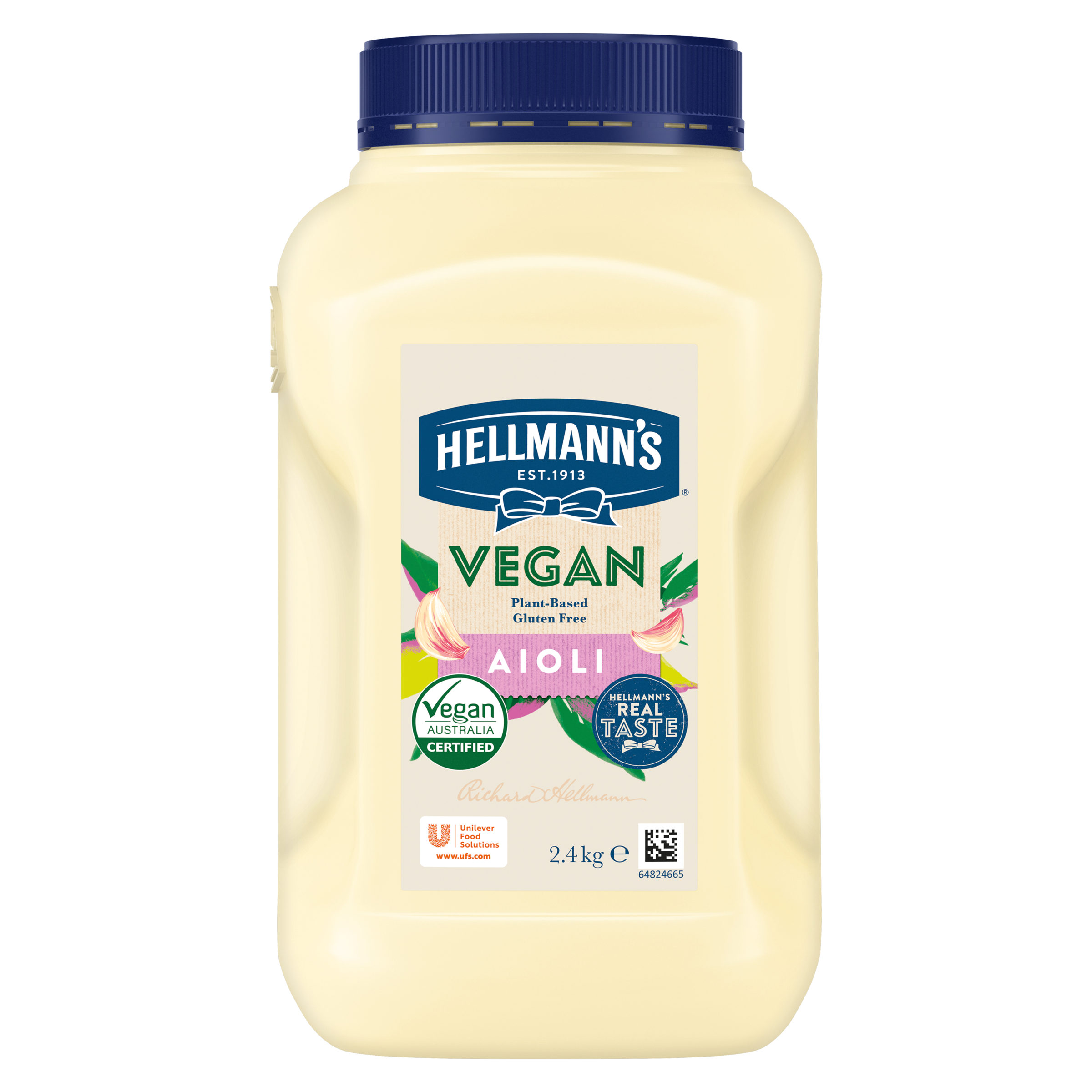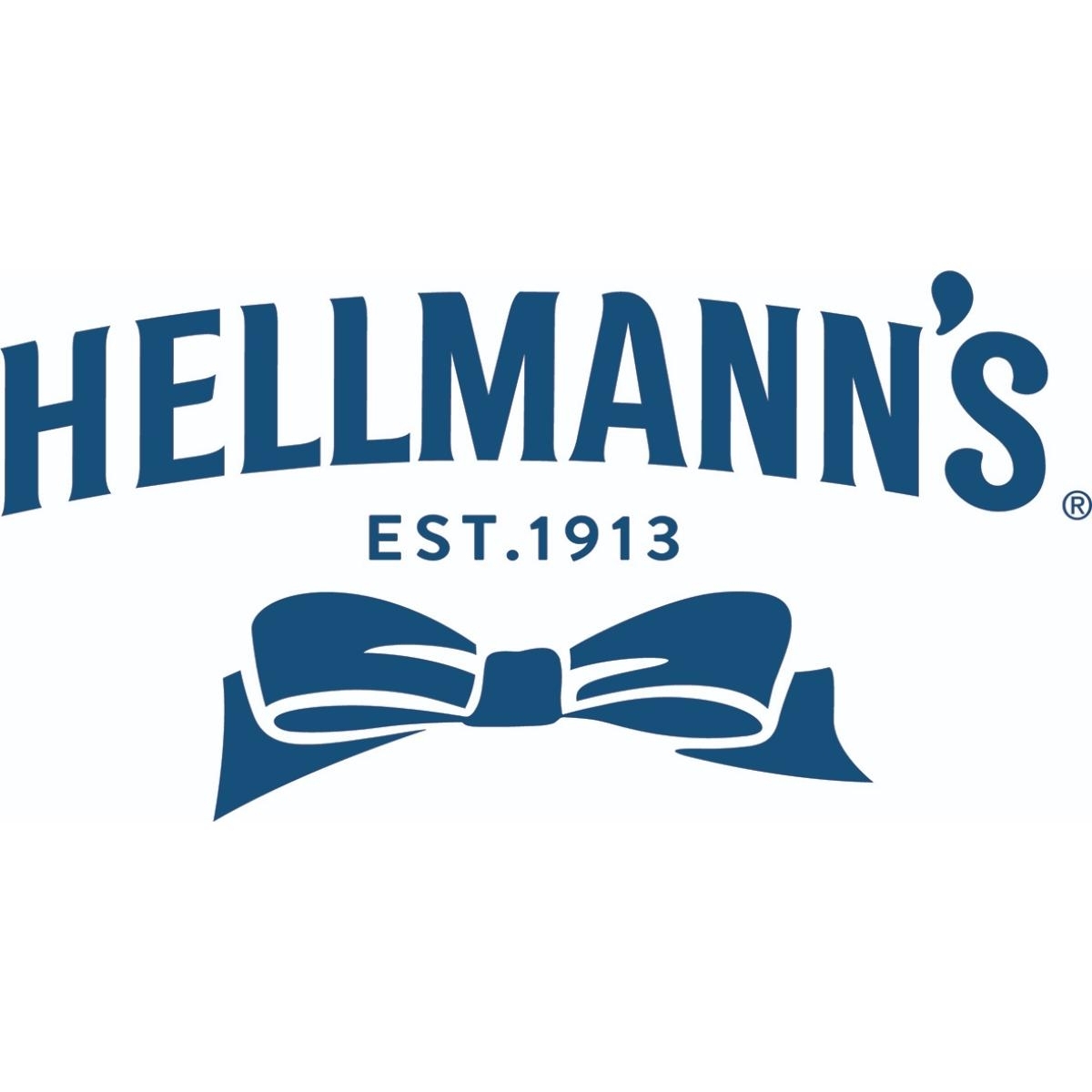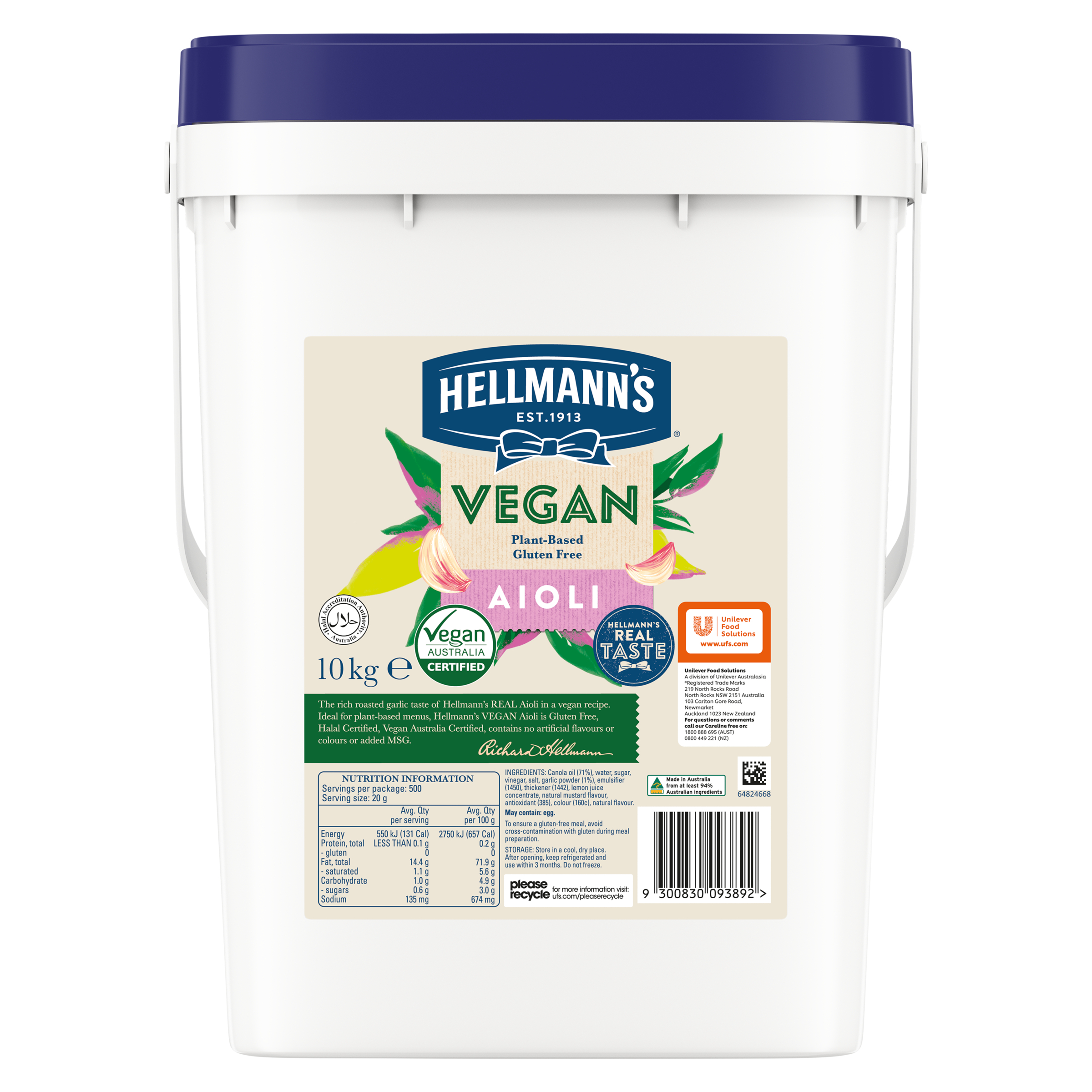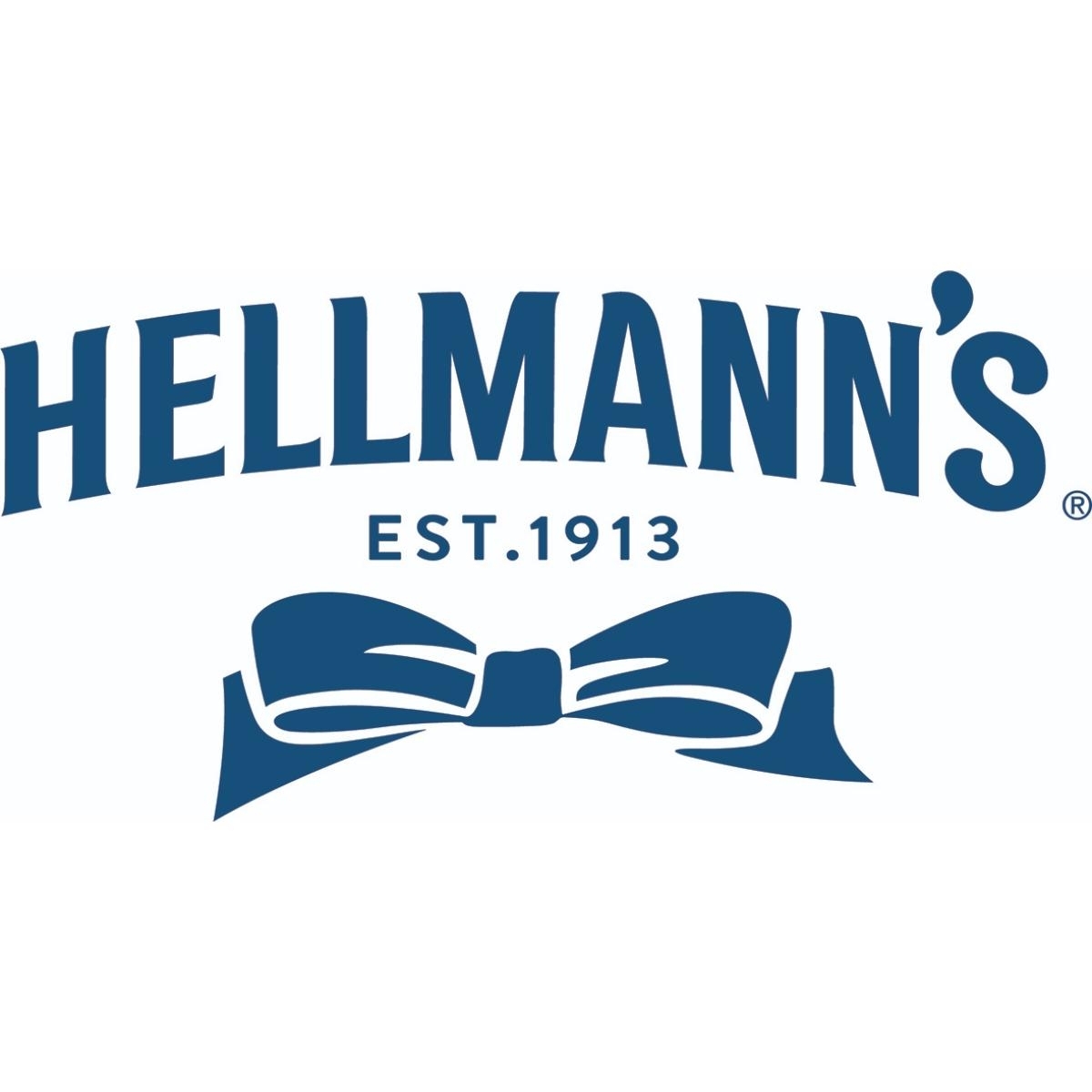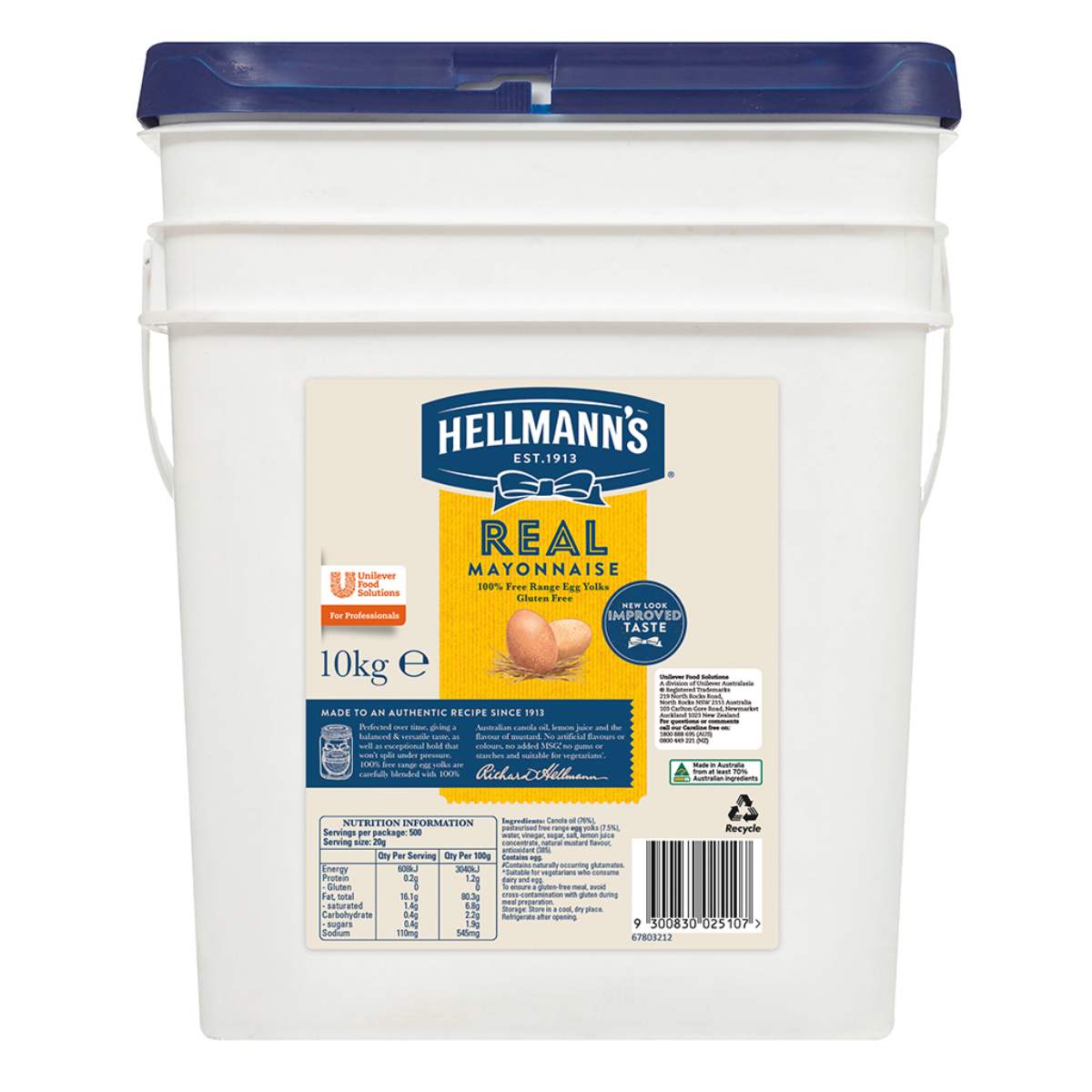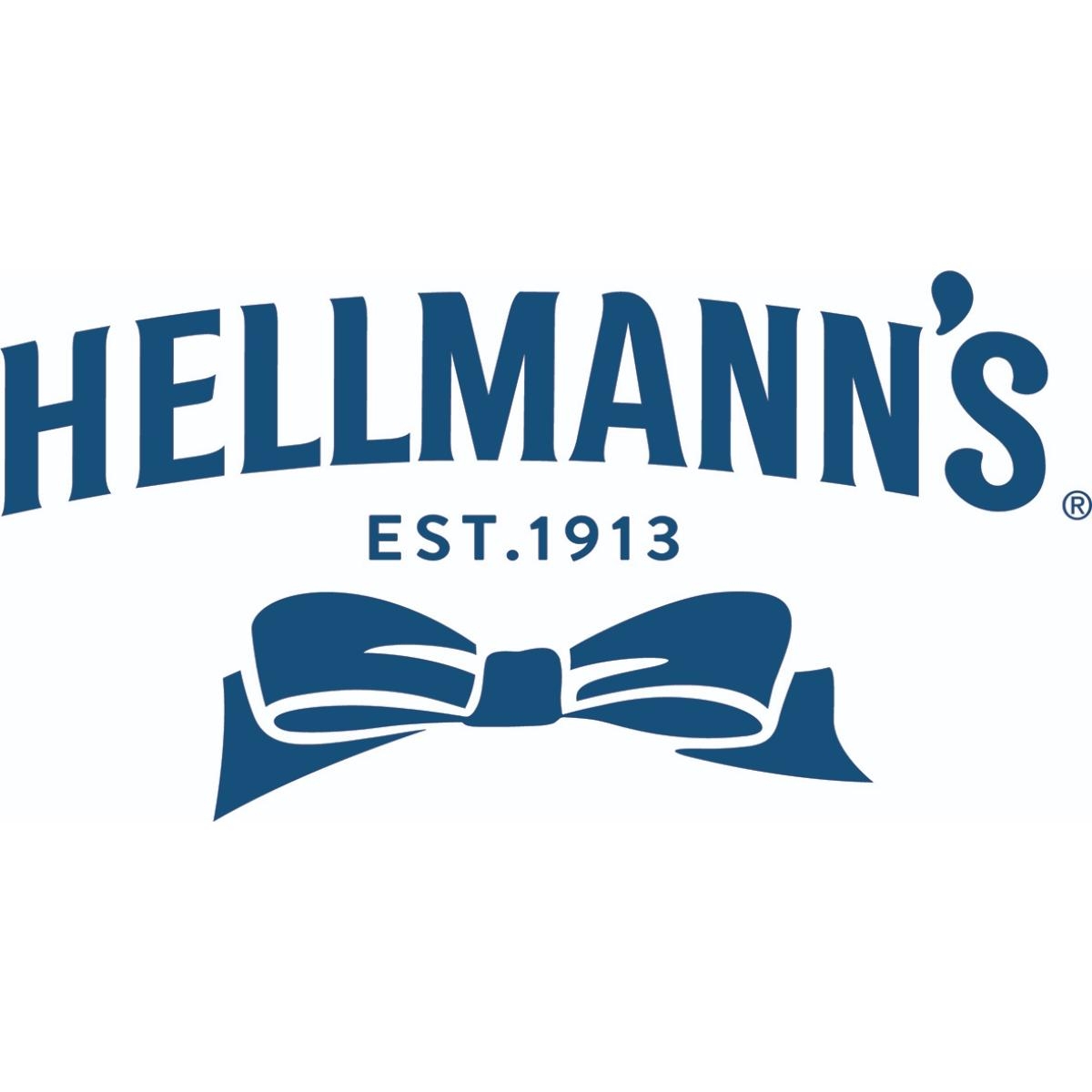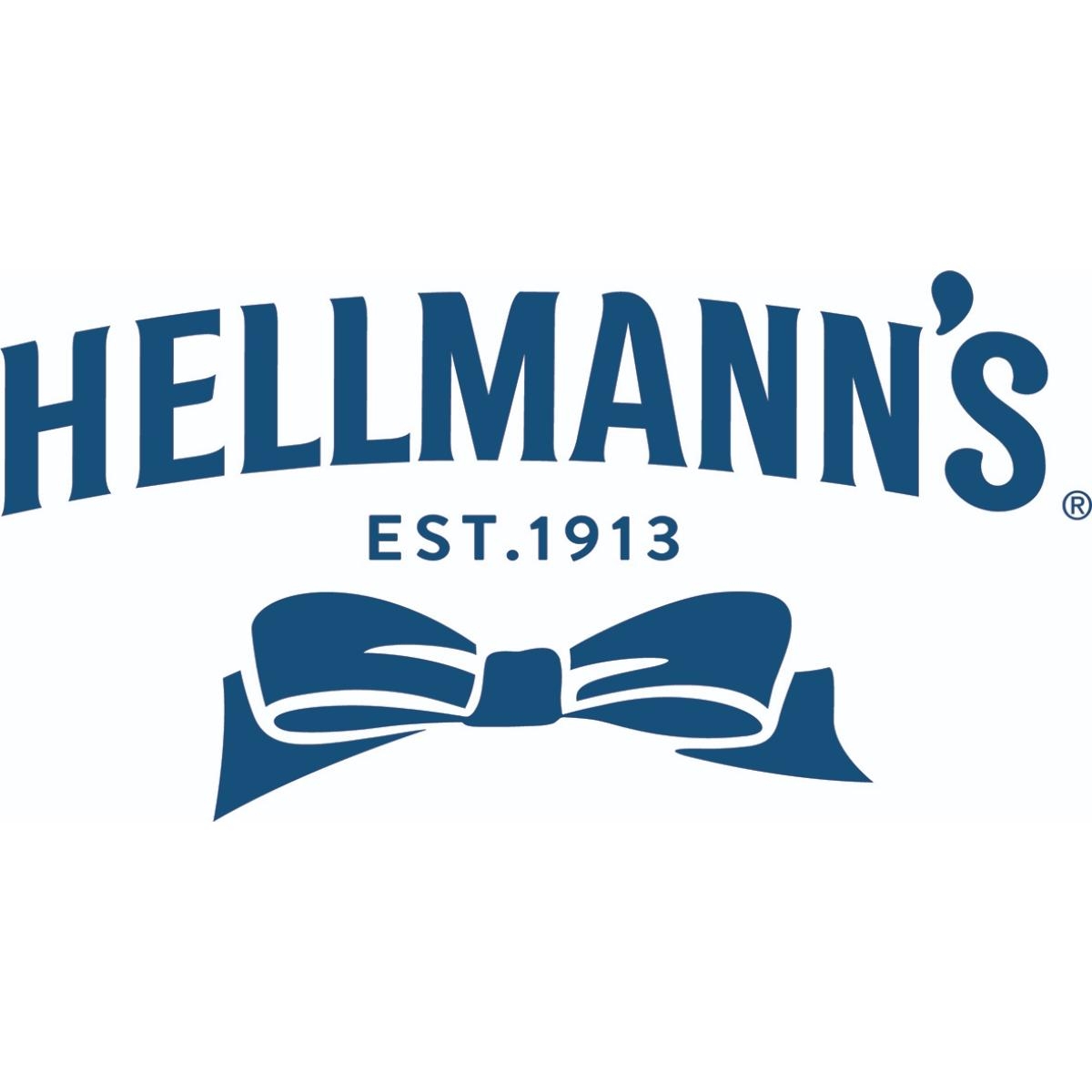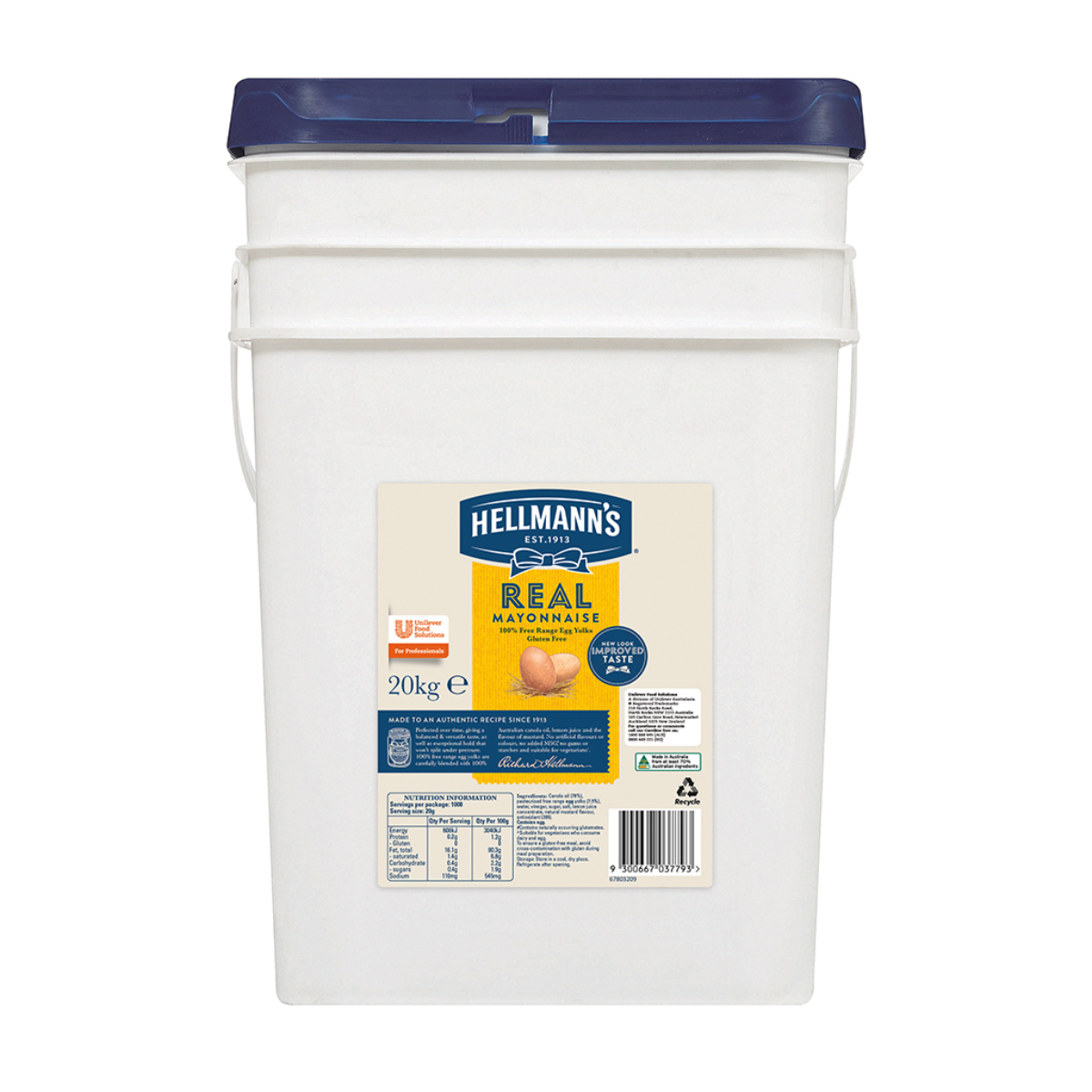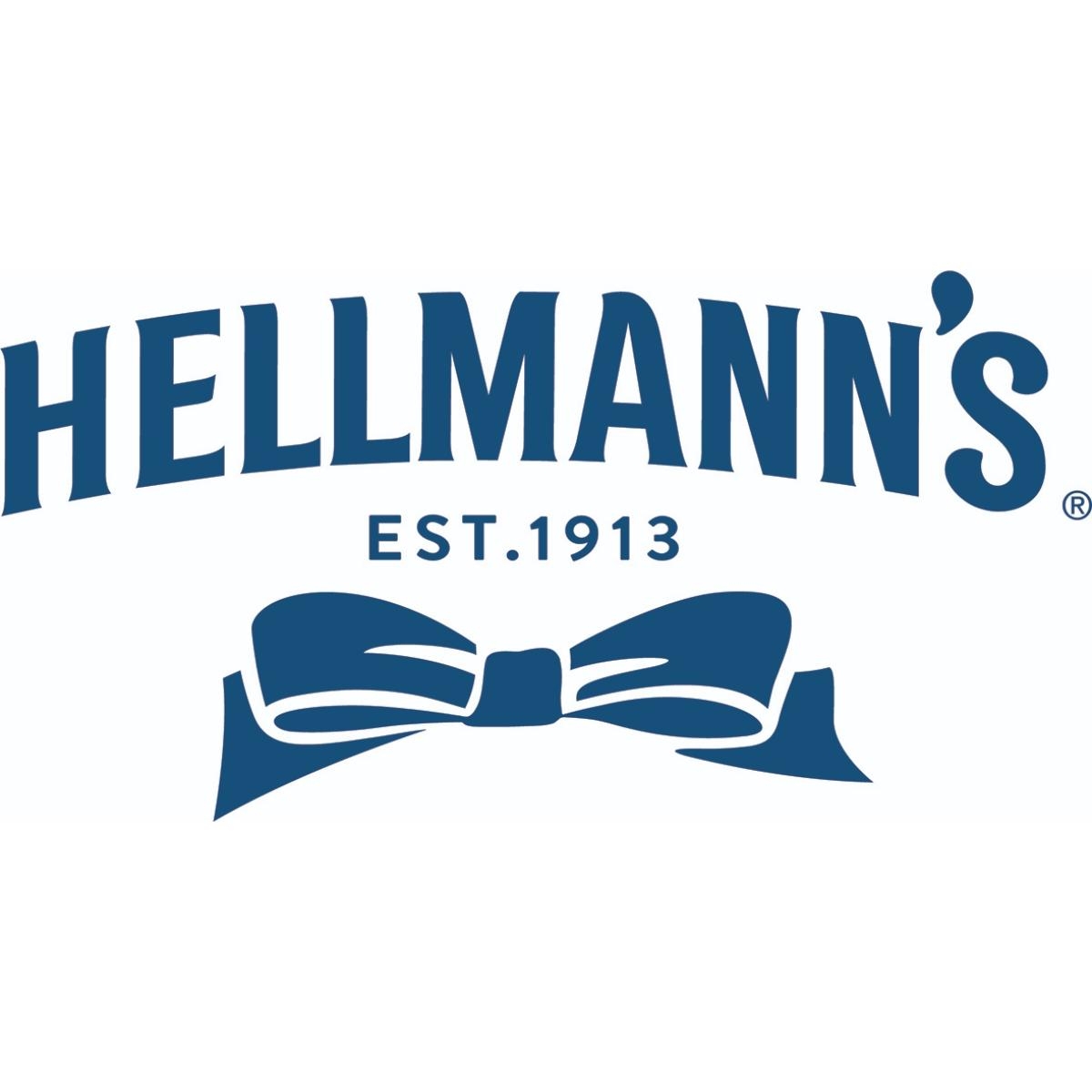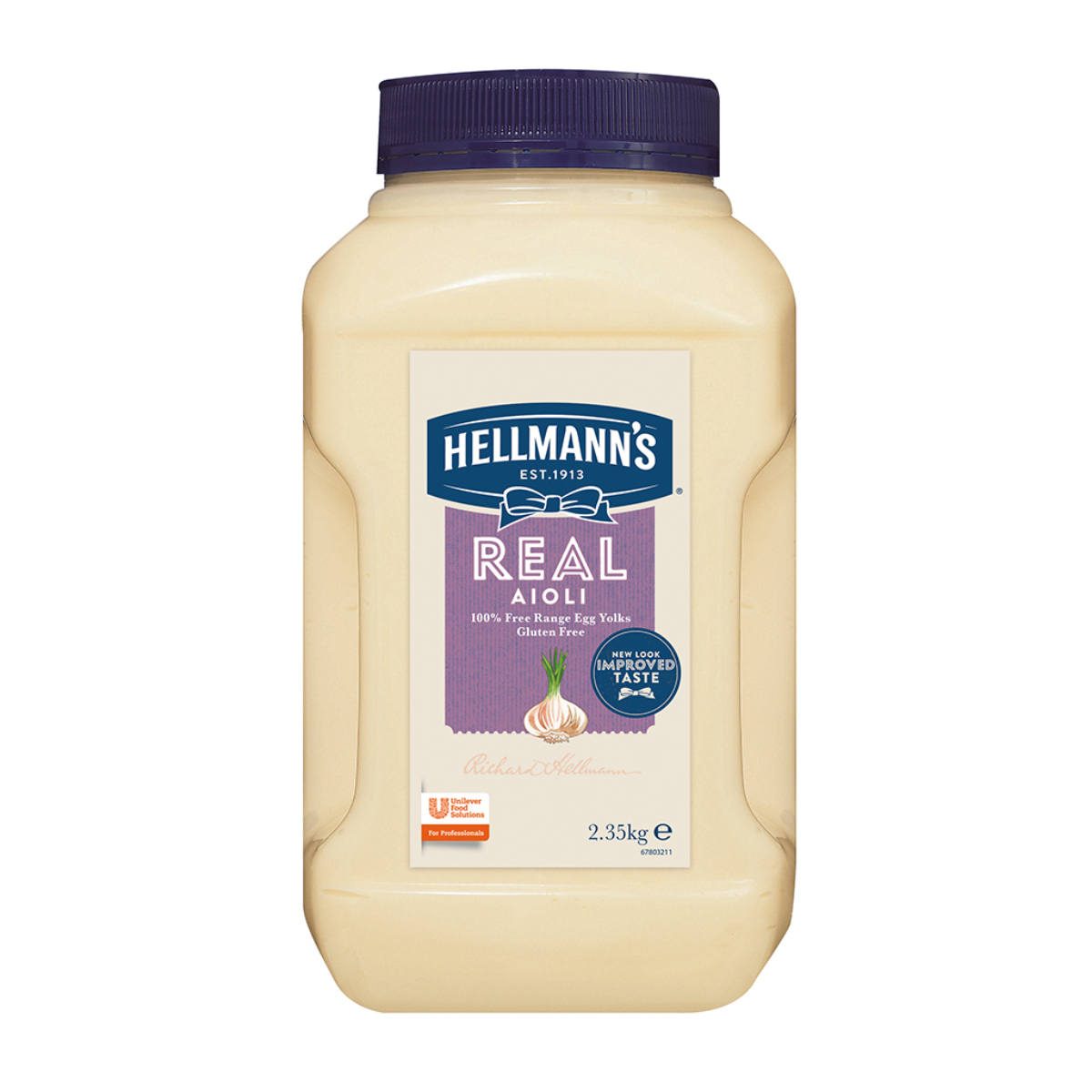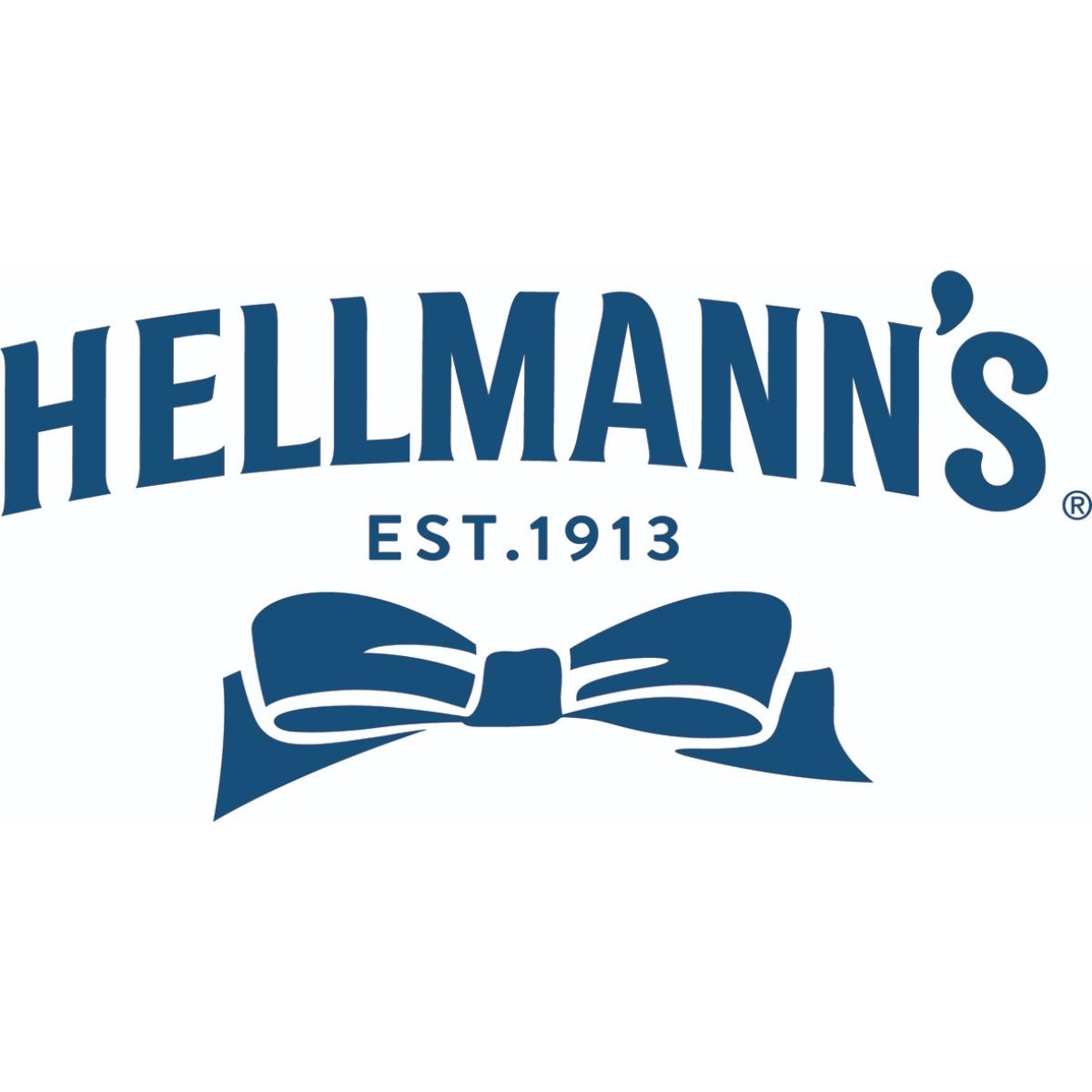The global market is dominated by brands, some becoming so successful that they supersede their own category.
This is true of champagne. No other wine region has so effectively cornered the market. Drinking it is often a lifestyle choice, informed more by what’s on the label rather than what’s inside the bottle. It is the image of success and synonymous with celebration.
But all that glitters is not champagne. Lately, we’re seeing Australian sparkling wine offer increasing levels of value, coming in at lower price points and showing the same or higher quality than French counterparts. It’s time that Australian venues recognised and celebrated this.
The price divide
Australia is now champagne’s sixth largest market, with little under 10 million bottles imported last year. Peter Went, owner and winemaker at Pierre’s Wines – a specialist sparkling house in Branxton, NSW – is not surprised by this.
“Sparkling wine is the fastest growing sector of the wine industry – not just in Australia, but the world. And Champagne producers have always been the best marketers. They have convinced consumers that champagne is the best sparkling in the world.”
This marketing leads to an increase in perceived value. Champagne is viewed as a luxury product and is priced to match. This means higher landed costs for venues and, in the interest of competitive pricing, often a lower profit margin.
“This is the thorn in my side,” says Kate Laurie, head winemaker at Adelaide Hill’s sparkling producer Deviation Road. “The association of price with quality when it comes to champagne.”
With a limited area of production, soaring global demand and some of the highest property costs in wine making, premium champagnes can easily fetch four-figure pricing. So, an example that retails for $100 is, really, at the lower end of the spectrum in price and quality.
“But if you spent $100 on an Australian sparkling you would have a wine made with the best fruit, from the best site and by a dedicated winemaker,” continues Laurie. “It will be as good as, if not better, than [similarly priced] champagnes.”
Went agrees with this. He has seen consumer reactions from years of comparative tastings. “Many of them state that, when trying the two side by side, they prefer the Australian sparkling over champagne before even considering the price difference.”
Rising quality
It’s not all about the price. While all on- and off-premise venues should offer customers value for money, especially during the current cost-of-living crisis, the objective quality and breadth of Australian sparkling is hard to match.
“There is a huge movement amongst Australian sparkling wine makers to improve quality,” Laurie says, “from selecting cooler regions more appropriate to the style to investment in ageing to achieve the tertiary characteristics associated with premium sparkling wine.”
The proof of this is often in awards. In late 2020 a Tasmanian producer, Arras, won Best Sparkling Wine from the Decanter World Wine Awards with their E.J. Carr Late Disgorged 2004, beating out a litany of French examples. Its price was a relatively paltry $266. So, what makes Australian sparkling so special?
“Australia has an advantage in the amount of sunlight we receive,” Went explains. “This means our sparkling wines are more flavour ripe and our grape chemistry allows for lower dosage.” With the Australian trend towards lower residual sugars in wine, this is a huge plus for local sparkling.
Laurie feels similarly. “Champagne is a diverse region. But Australian styles are just as diverse and often offer more mid-body flavour, allowing them to be matched with stronger dishes – even when young.”
Australian sparkling also has a lower carbon footprint for domestic consumers. Freight accounts for the highest carbon costs of wine, with a six-pack averaging 2kg of emissions. Shorter freight distances mean lower carbon costs and, with Australian consumers becoming increasingly driven by ethical choices, it makes sense to offer an alternative to champagne which shows not just quality and value, but ethical bonuses.
This is not to say that there is anything wrong with drinking champagne, but it will take time to break down its image of superiority. Both Laurie and Went know that Australia can do better to market local sparkling – not just to consumers, but to the venues who create the opportunity share wine with the community.
“I love champagne and Australian sparkling,” finishes Laurie. “And all I could ask of the industry is to keep putting Aussie sparkling out there and sharing our own local stories.”
So, it’s time for venues to become more confident with Australia’s sparkling wines. Not only are they offering sensational value, but also a range of styles to suit anyone’s tastes.

